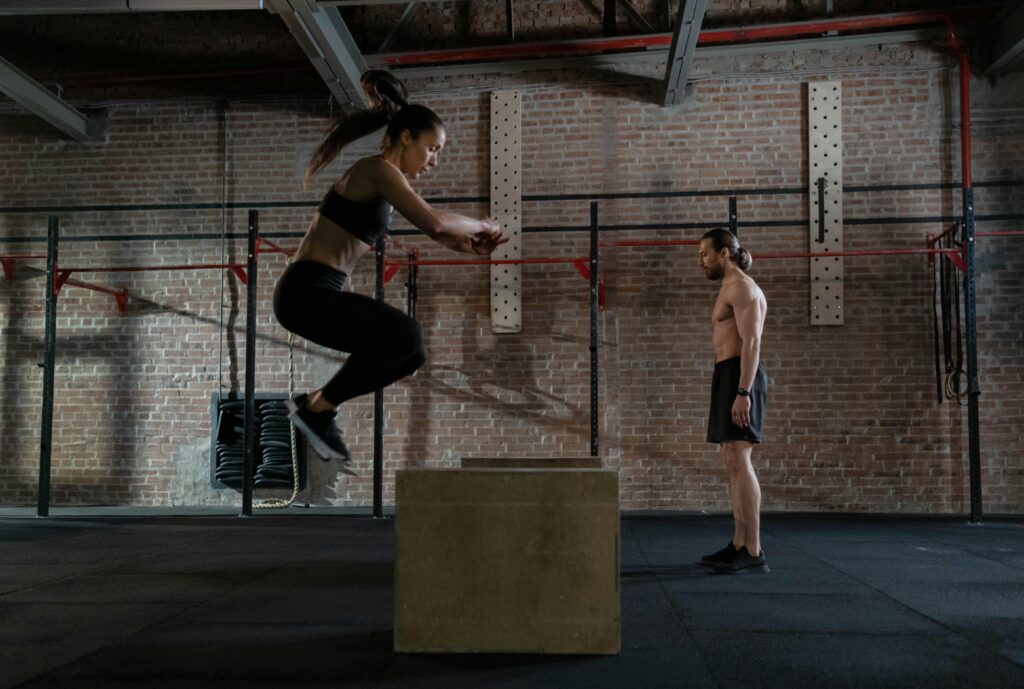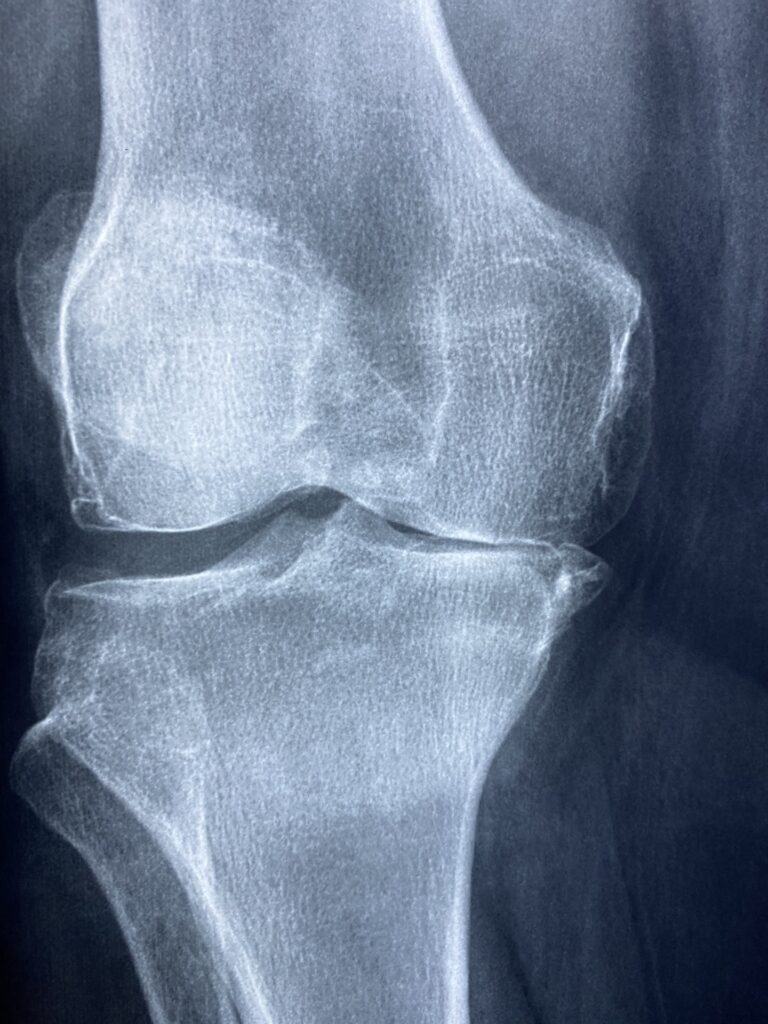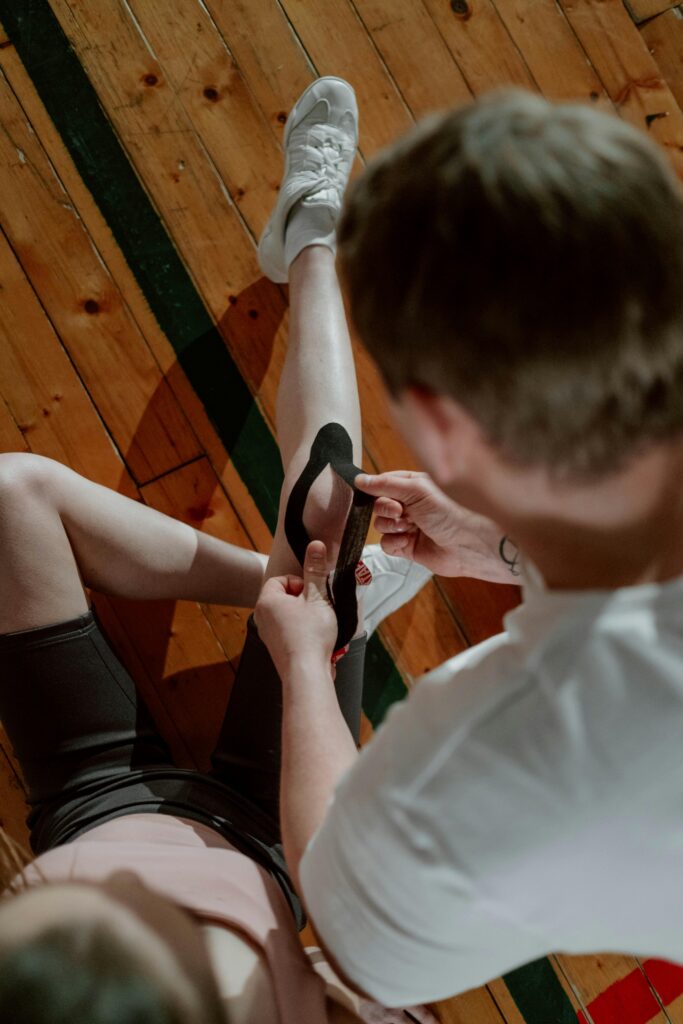Knee Pain with Walking Downhill and Downstairs
Have you ever made your way down a flight of stairs and wondered why your knees were screaming at you every step of the way? Knee pain while walking downhill and downstairs is one of the most common complaints we treat as Physical Therapists. The good news is that it can be treated! So if you find yourself tirelessly looking for ways to take the edge off of your knee pain after hiking your favorite mountain peak, after climbing those stairs at last night’s Red Rocks concert, or even after taking a few trips to/from your basement, this post is for you! Read on to learn about why this might be happening and stay tuned for our next blog post on treatment and prevention!
Common causes for knee pain when walking downhill or downstairs
Most often, knee pain when walking downhill and downstairs is due to compression through the joints of the knee that results in irritation of the joint structures. The 3 most common causes are Patellar Tendonitis, Knee Arthritis, and Patellofemoral Pain Syndrome (PFPS). Not sure which category you fall into? Here’s a few characteristics of each!
Patellar Tendonitis (AKA “Jumper’s Knee”)
People that have Patellar Tendonitis usually experience the following:
- Pain just below the kneecap that starts after repetitive activity OR the start of a new activity that you’re not used to
- Pain with stretching the quadriceps (thigh muscles)
- Pain with loading the quadriceps (ie. stairs, squats, downhill, jumping)
- Pain that is relieved with rest
Patellar tendonitis occurs when there is repetitive loading through the patellar tendon, which connects the kneecap to the shin bone. While it is common amongst those who participate in jumping sports, it is certainly not exclusive to jumping sports. It can also occur following a strenuous hike, repetitive stair climbing, or a day of skiing, for example. This repetitive loading, if your knee is not used to it, can cause pain and irritation of the tendon.

Knee Arthritis
People that have knee arthritis usually experience the following:
- Deep, achy pain in the knee that is hard to pinpoint to one specific area
- Knee pain that is worse following a period without movement (ie. first thing in the morning or after sitting for a long period) that is relieved within 30 min of getting moving again
- Movement makes it feel better
- Pain that begins without injury
Knee arthritis is defined as “wear and tear” of the knee joint that results in breakdown of the cartilage in the knee. The purpose of this cartilage is to provide the knee joint with cushion and lubrication for smooth movement. When the cartilage wears down it leaves rough patches on the joint surfaces, which can cause pain and irritation when the joint surfaces slide and glide over each other during movement.

Patellofemoral Pain Syndrome (PFPS)
People that have PFPS usually experience the following:
- Knee pain that is isolated to the front of the knee; it can often wrap around the kneecap
- Knee pain that is worse when sitting with the knee bent for a prolonged period
- Pain during and especially after activity
- Pain that is worse with bending the knee while weight bearing (ie. stairs, standing from a seated position, uphill/downhill, etc.)
PFPS occurs when the kneecap does not properly slide up and down in its groove, but instead gets pulled to one side of the groove, creating excessive rubbing and irritation on the underside of the kneecap. This usually occurs as a result of hip weakness and/or weak foot musculature (ie. “flat feet” or “collapsed arches”).

Now that you have an idea of the common causes of knee pain with walking downhill and downstairs, check out our next post on how you can treat it yourself at home!
If you have struggled with knee pain in the past, either chronic or acute in nature, and want more individualized guidance on how to manage it, click below to schedule a free 15-minute Discovery Visit with our Doctor of Physical Therapy. We will discuss your concerns, injury history, and goals to determine if Physical Therapy is appropriate for you!
Contact Us Today
Not sure where to start?
Schedule your free 15-minute consultation.
Returning client or ready to get started with therapy today? Call us to schedule your appointment.
